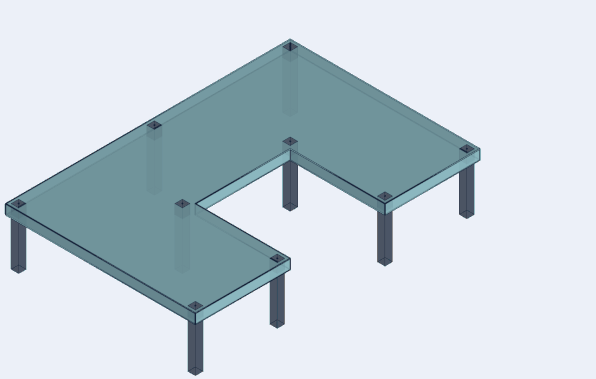RegularSurround7640
Structural
- Jul 8, 2025
- 5
I’m a chartered structural engineer (CEng MICE) in the UK, and over the years I’ve done load path calcs for everything from small houses to big infrastructure and power stations. One thing that’s never really changed: working out vertical loads from 2D plans has always felt awkward and time-consuming, especially early in a project before I commit to an analysis model.
I got tired of feeding wall loads into spreadsheets, and then checking, so I started building a tool to make that quicker and cleaner. It’s web-based and works off PDF plans. Still early days, but it’s working for me.
I’m really curious, how are you all handling this in practice? Still doing it manually? Custom spreadsheets? Something more automated?
And if a tool like this could save time on those early calcs, is it something you'd actually use regularly?
Happy to share the current version if anyone’s interested. Would really appreciate honest thoughts.
I got tired of feeding wall loads into spreadsheets, and then checking, so I started building a tool to make that quicker and cleaner. It’s web-based and works off PDF plans. Still early days, but it’s working for me.
I’m really curious, how are you all handling this in practice? Still doing it manually? Custom spreadsheets? Something more automated?
And if a tool like this could save time on those early calcs, is it something you'd actually use regularly?
Happy to share the current version if anyone’s interested. Would really appreciate honest thoughts.



